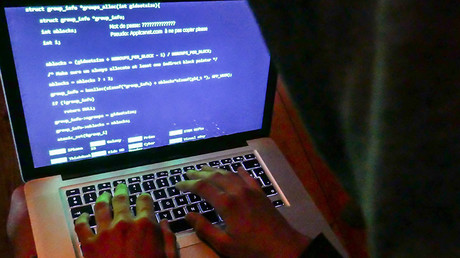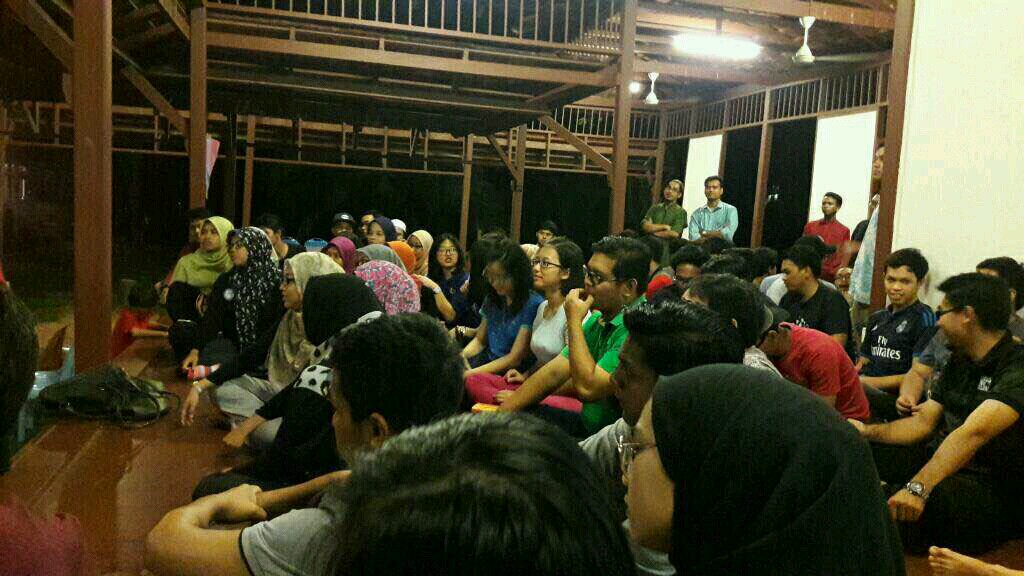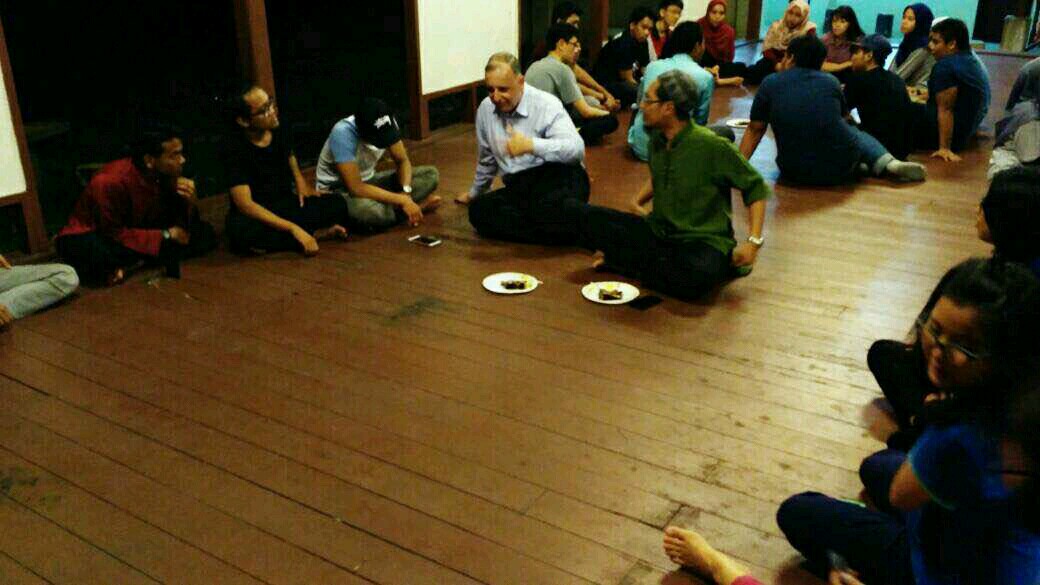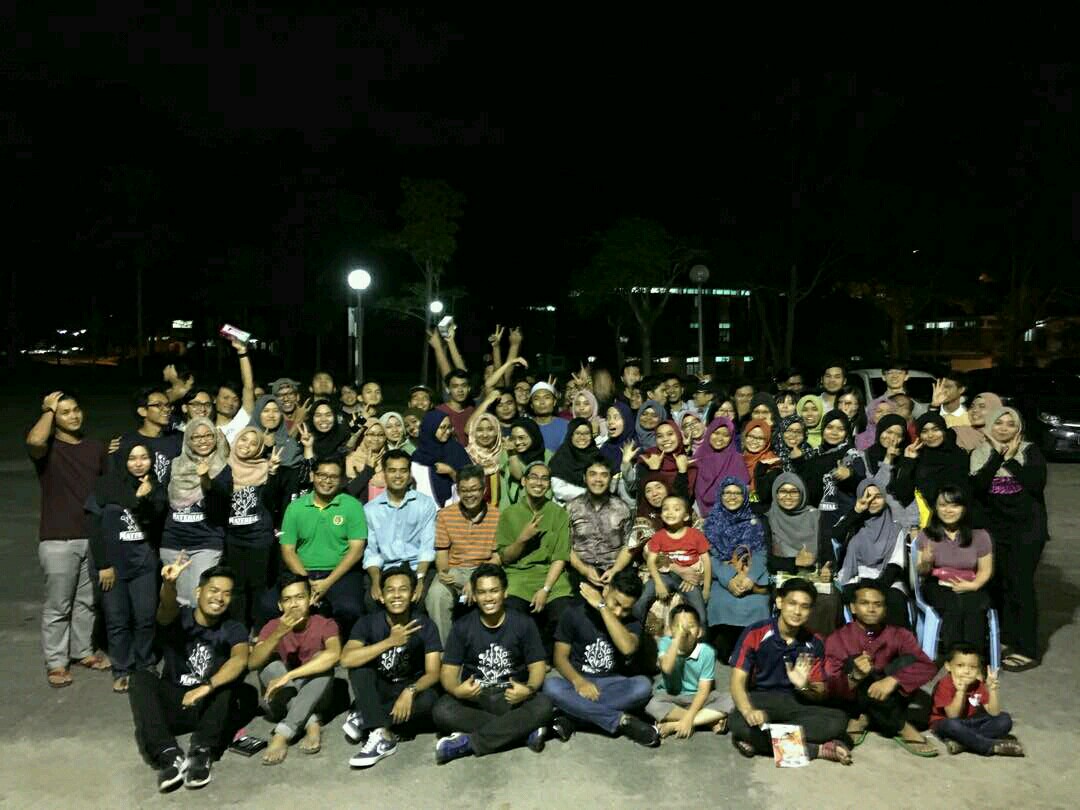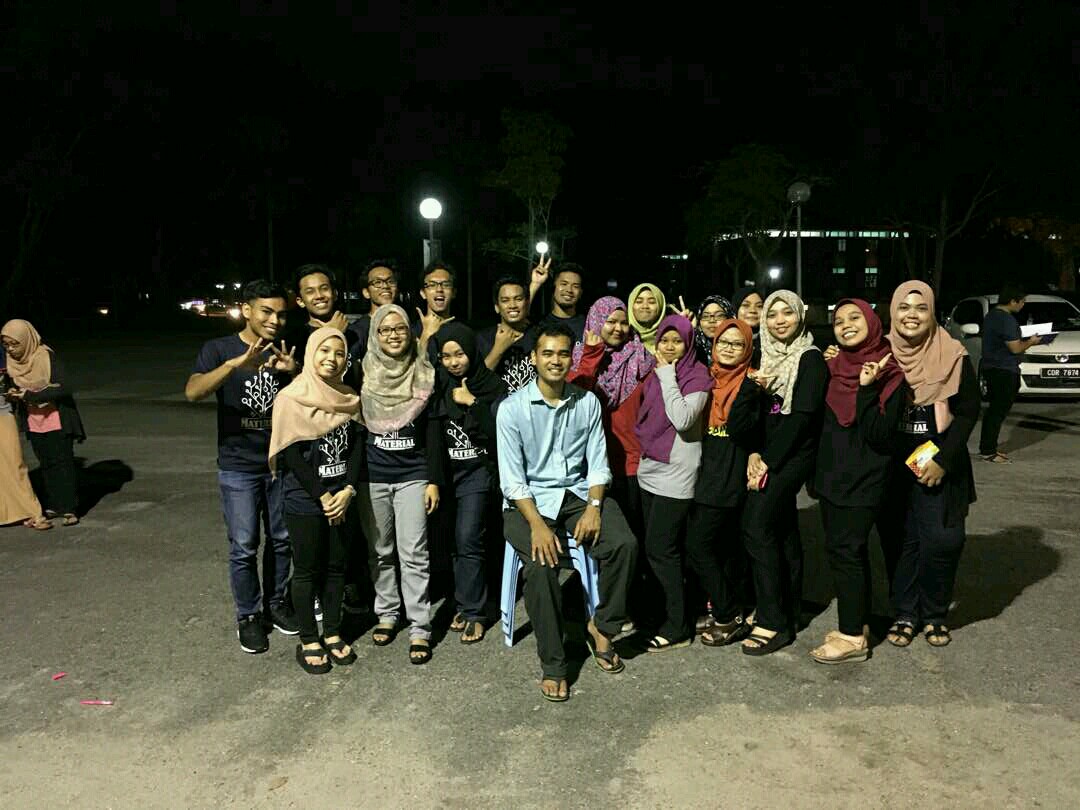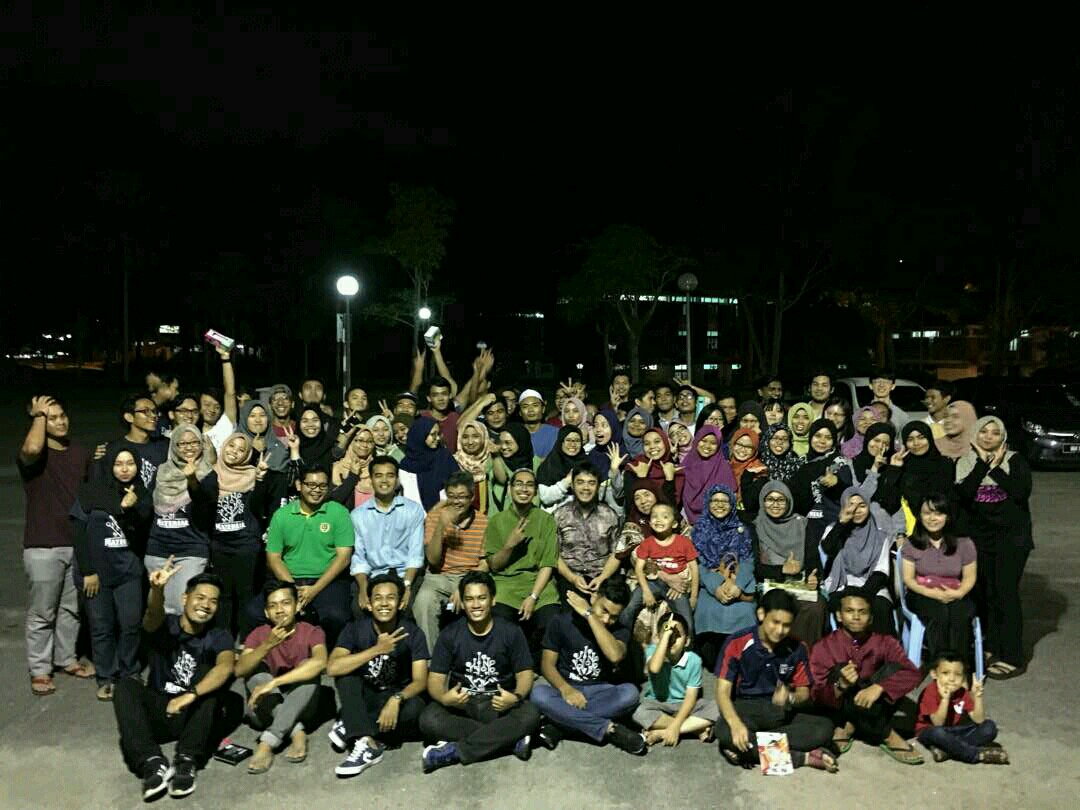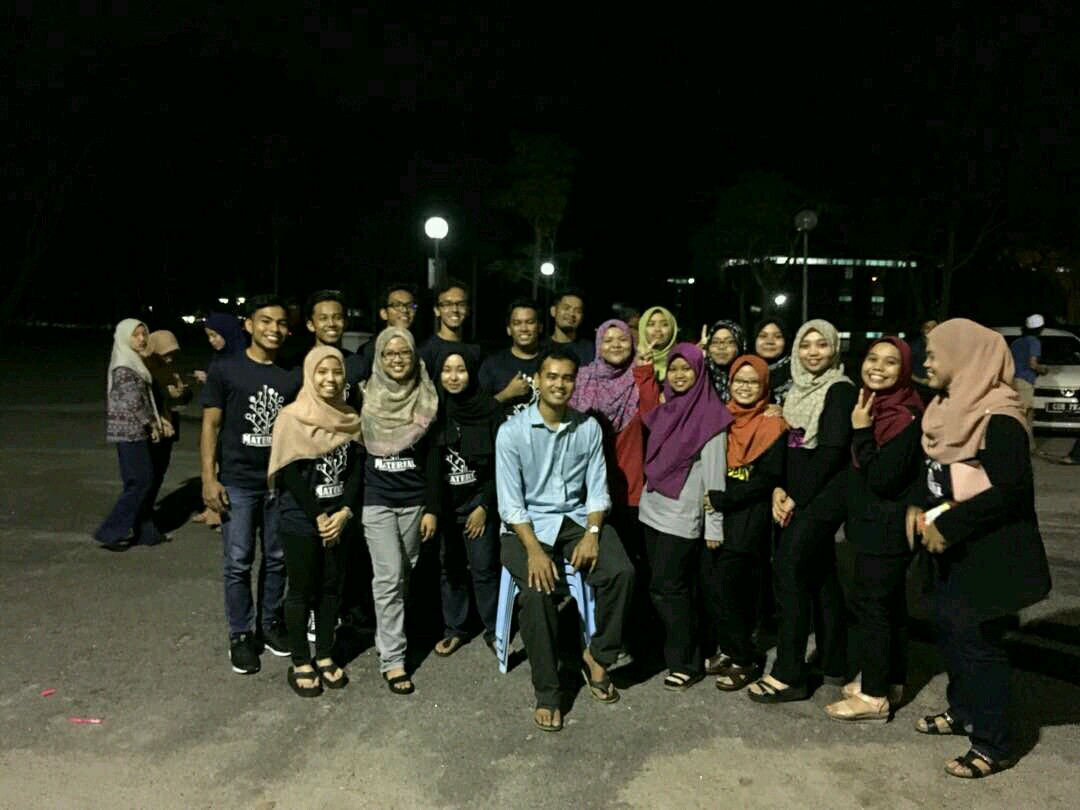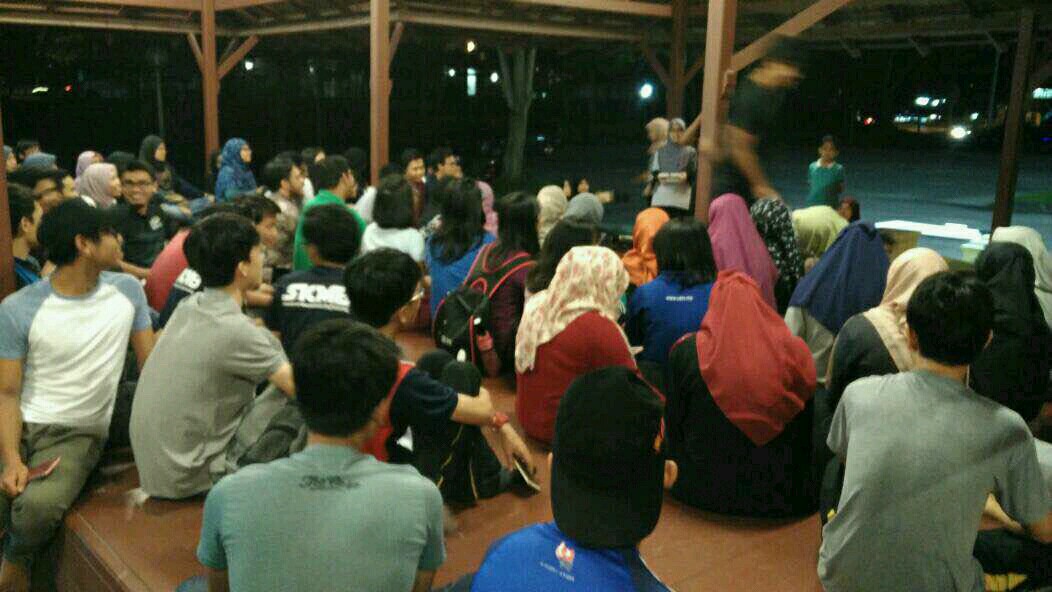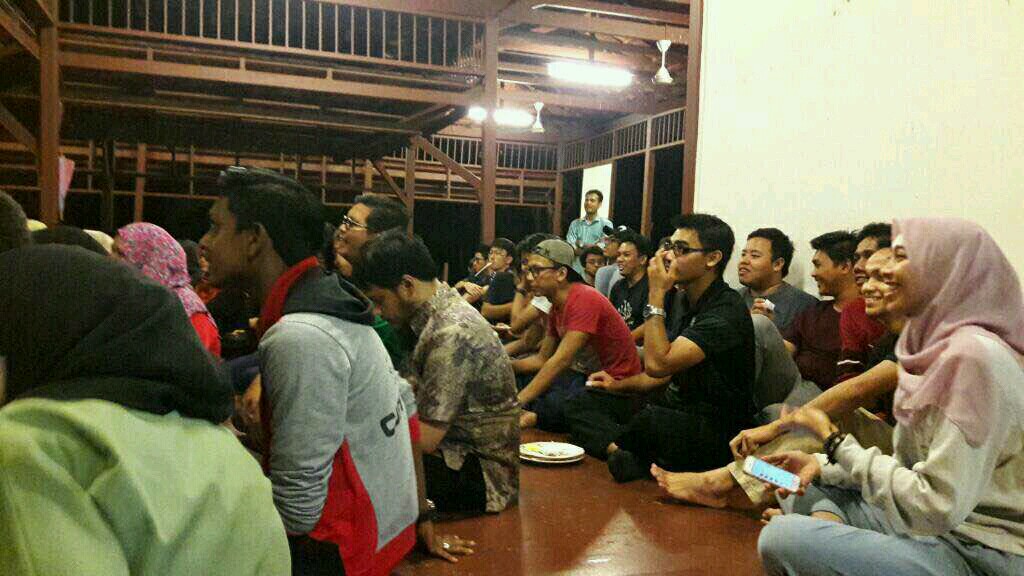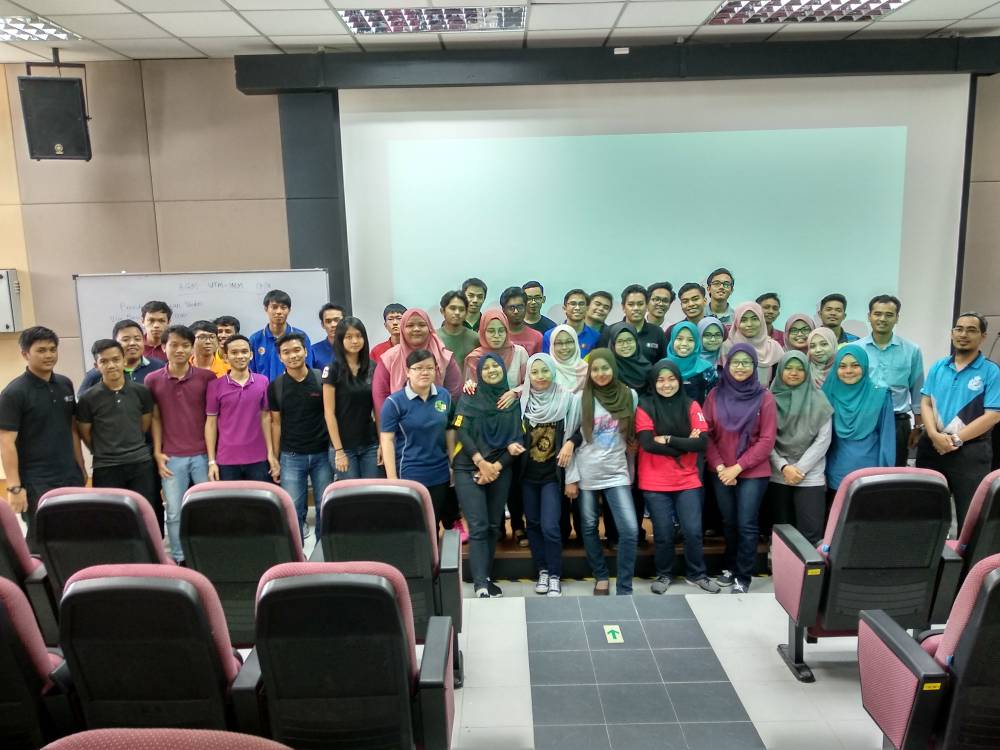North Korean special forces have carried out an exercise in which they used paragliders to simulate infiltrating behind South Korean lines and launch an attack on the headquarters of the joint South Korean-US military command.
Officials of Seoul’s Defence Ministry told Yonhap news that the exercises were conducted over a number of days in mid-September and were the first time that the tactic had been tested by the North.
Special forces troops used paragliders to land on a training ground where a mock-up of the South Korea-US Combined Forces Command in Seoul had been constructed.
The new infiltration technique has caused concern in Seoul, where a defence source said that existing radar systems would be unlikely to detect such small targets crossing the border. Paragliders can also travel swiftly and in silence and would allow the North’s special forces to carry out an attack with little warning, particularly at night.
“A paraglider flies at low altitude without making a sound”, the official said. It could be useful for making a surprise attack, like a drone.

“I believe that North Korean special forces are adopting amazing methods of infiltration with limited resources”.
The North is clearly attempting to develop its own “decapitation” capabilities, aimed at the joint South Korean-US command and control capabilities in the event of war breaking out on the peninsula.
Seoul has made no secret of its development of a specialised unit that will be tasked with eliminating the leadership of the North should war appear to be imminent.
South Korea and the US responded to the exercises by staging short-range air defence drills close to the border.
North Korea has carried out previous demonstrations of its special forces’ capabilities, with Kim Jong-un, the North Korean leader, in December overseeing an assault by commandos on a full-scale mock-up of the Blue House, the official residence of the South Korean president.
In footage broadcast on national television, troops used ropes to descend from helicopters before commencing their attack, with the replica of the Blue House later pictured wreathed in smoke. The images also showed attackers firing semi-automatic weapons into the building.
Mr Kim was also pictured standing in front of heavily armed members of the unit.
He also ordered the unit to be ready to “conduct bold combat actions with the southern part of Korea as their theatre”, state-run media reported.



